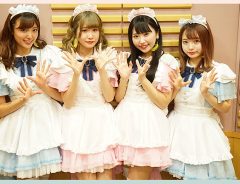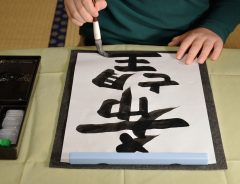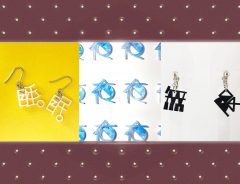
Source: Mue むえ (@jintai_mi) - image used with permission
Message printed on pay envelope in Japan leads to hilarious misunderstanding
- Tags:
- envelope / font / Hiragana / Japanese language / Kanji / misunderstanding
Related Article
-

Japanese Voices: @17 no Gokitaku Shimasenka? #38
-

Elementary school student has perfect choice for her favorite kanji in calligraphy class
-

“Funny Cool” Japanese text tee makes impact at Milan runway show, amuses Japanese Twitter
-

Show off cute and cool stylized kanji characters with Rohoubou earrings
-

Wasei Eigo: Japan’s Pseudo-English
-

Tokyo grocery’s signs look like Hindi to shoppers even though they’re in Japanese


The Japanese term 謝礼 sharei can simply mean thanks or gratitude, but it also can refer to a sum of money paid as a gratuity or honorarium in exchange for services rendered, such as being invited as a guest speaker or being interviewed. In Japan, this is traditionally done by putting cash (new bills only), along with any other required documents into an envelope and personally delivering it to the recipient. This envelope will sometimes have the word 謝礼 written on the front.
However, last weekend, many people on social media were bemused by a photo of such an envelope posted by Twitter user Mue むえ (@jintai_mi). The post went viral, garnering over 203,570 likes and 37,460 retweets at the time of writing.
Here is the envelope Mue received, and the reaction they shared on their Twitter account:
Reproduced with permission from Mue むえ (@jintai_mi)
"I thought it said: 'Apologize!'"
If you don't know Japanese, the humor behind this may not be apparent, but it has to do with the font used on the envelope for 謝礼. The Japanese verb meaning "to apologize" (謝る ayamaru) is written 謝れ ayamare in the imperative form. The second character is the hiragana れ re.
In the font sample below, the kanji 礼 in 謝礼 is written in a standard print font on the left, and in a handwritten brush font on the right. As you'll surely notice, the one on the right looks more similar to the hiragana れ re.
If it's still not clear, here is the kanji 礼 and the hiragana れ re in brush font side by side:
Normally, 謝礼 and 謝れ aren't confused with each other, as you can see in this comparison written in standard print font:
But when 謝礼 is written like this envelope was, it's no wonder Mue thought the word was 謝れ, "Apologize," rather than "Thank you."
Reproduced with permission from Mue むえ (@jintai_mi)
On Twitter, this misunderstanding elicited many comments, such as:
So, if you ever have an opportunity to receive an envelope like this in Japan, and you do a double-take when you see what's written on it, make sure to look very carefully at the font before you jump to any conclusions. And if you're the one writing the envelope, be sure you're saying thanks and not demanding an apology!